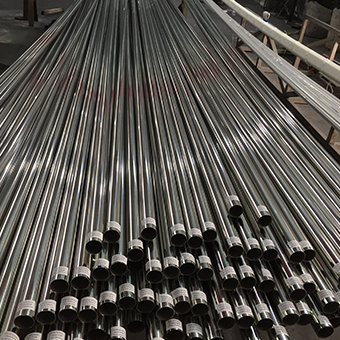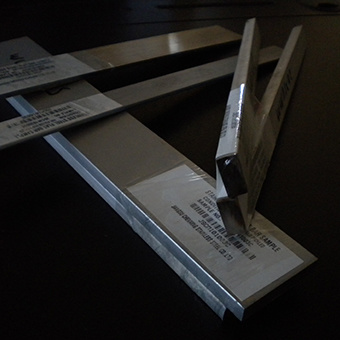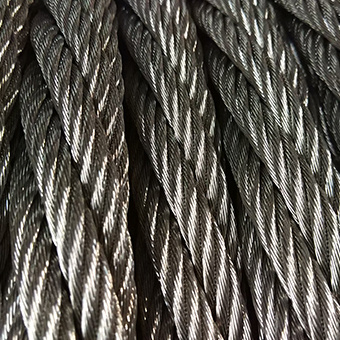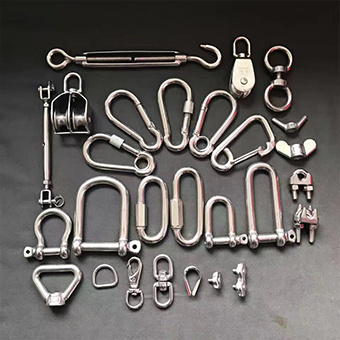Introduction of main types of steel
18 Aug,2023
1. Rebar
The typical representative of steel bars is threaded steel, which is commonly known as hot-rolled ribbed steel bars. The typical representative of steel bars is threaded steel, which can be divided into three categories according to their strength: HRB335, HRB335E, HRB400E, HRB400, HRB500, HRB500E, etc. Class; Among them, H-HOT hot-rolled, R-Ribbed ribbed, B-Bars steel bar; 335 means that the yield strength is not less than 335MPa; rebar can also be classified according to the geometric shape, that is, the section shape of the transverse rib and the spacing of the ribs are different. Classification or classification, such as the British Standard (BS4449), the rebar is divided into Type I and Type II. This classification mainly reflects the grip performance of rebar.
In order to implement the work deployment of the State Council on energy conservation and emission reduction, in 2012, the Ministry of Housing and Urban-Rural Development and the Ministry of Industry and Information Technology jointly issued the "Guiding Opinions on Accelerating the Application of High-Strength Steel Bars", requiring the accelerated elimination of 335 MPa steel bars in construction projects , give priority to the use of 400 MPa grade steel bars, and actively push 500 MPa grade steel bars. Currently the most commonly used on the market is HRB400E, 335 and 400 are on the verge of being eliminated.
2. Wire
With the development of industry, the application fields of wire rods are becoming wider and wider, and the requirements for the quality of their varieties are becoming stricter and more specialized. There are a wide range of steel types for wire rods, including carbon structural steel, spring steel, carbon tool steel, alloy structural steel, bearing steel, alloy tool steel, stainless steel, etc. All steel grades that need to be processed into wire are mostly produced into wire rods by wire rod mills and then drawn into wires. Because of the variety of steel types and grades, wire rods are usually divided into the following five categories in wire rod production:
(1) Wire rods for construction: mainly used for reinforcement and welded structural parts of reinforced concrete. It is the most versatile type of wire rod, grade HPB300; the implementation standard is GB1499.1-2017 "Hot Rolled Round Steel Bars for Reinforced Concrete".
(2) Flexible wire: refers to ordinary low-carbon steel hot-rolled round wire rod, the grades are mainly Q195, Q215, Q235, Q275 specified in the carbon structural steel standard and 10, 15, and 10 specified in the high-quality carbon structural steel 20 gauge steel.
(3) Hard wire: refers to high-quality carbon structural steel wire rods, such as wire rods for rope-making steel wires, special wire rods for tire wires, etc. Hard wire generally has a high carbon content, which generally refers to high-quality carbon structural steel above No. 45, 40Mn-70Mn, etc.
(4) Welding wire: refers to the wire rod for welding rod, including wire rod of carbon welding rod steel and alloy welding rod steel.
(5) Alloy steel wire rod: refers to various alloy steel and special wire rods with high alloy content. Such as bearing steel wire rod, alloy structural steel, stainless steel, alloy tool steel wire rod, etc. Low-alloy steel wires are generally classified as hard wires, and they can also be classified as alloy steels if they have special properties.
3. Hot rolled coil
Hot-rolled coils are strips made from slabs (mainly continuous casting slabs) that are heated in a heating furnace (or soaked in a soaking furnace) and then rolled by a rough rolling unit and a finishing rolling unit. Hot-rolled coils The hot steel strip coming out of the last rolling mill of the finish rolling is cooled to the set temperature by laminar flow, and is coiled into a hot-rolled steel strip by a coiler. Hot-rolled coils include steel strips (coils) and steel plates cut from them. Steel strips (rolls) can be divided into straight rolls and finishing rolls (sub-rolls, flat rolls and slitting rolls).
Previous page
Next page













